Racketeer Influenced and Corrupt Organizations (RICO) isn’t a pasta—it’s the U.S. statute that lets prosecutors go after everyone in a criminal “enterprise,” from the kingpin pulling strings to the foot soldiers moving the cash, so long as they’ve woven a pattern of crimes together. Originally built to nab mafia bosses, today it’s the nuclear option against modern gangs, fraud rings, and even high-profile celebrity entourages.
But here’s the twist: the same system that can stitch together complex webs of organized crime also exposes legal system inconsistencies —why some crimes get nuclear-level penalties while equally damaging offenses slide under the radar.
Penalties and why it’s scary
- Criminal RICO: long sentences, fines, and forfeiture of enterprise-linked assets.
- Civil RICO: victims can sue for triple damages plus attorneys’ fees—brutal leverage in lawsuits. Cases often hinge on contract law basics like agreements, obligations, and whether shell companies or partnerships acted as fronts.
- Strategic kicker: it reaches bosses and facilitators who “operated” the scheme, not only the on-scene actors.
And yet, when you compare this hammer to how the system punishes other serious crimes, you start noticing legal system inconsistencies that make RICO feel both powerful and lopsided.
TL;DR
- RICO targets an ongoing criminal enterprise plus a “pattern” of predicate crimes, not isolated chaos.
- Prosecutors must prove enterprise + at least two predicate acts within a timeframe that shows continuity, not coincidence.
- Penalties hit hard: prison, asset forfeiture, and even civil RICO with triple damages.
- Once built for mobsters, now used on gangs, fraud webs, and public networks when the structure reads like a playbook.
What RICO actually is
- The big idea: Organizations commit crimes—so law should reach organizers, not just hands‑on actors. RICO ties roles together if people “conducted or participated” in an enterprise through a pattern of racketeering activity.
- Two pillars the government must land:
- Enterprise: An ongoing group (formal or loose) functioning as a unit toward a goal. No logo or LLC required, just coordinated function.
- Pattern: At least two qualifying predicate offenses (e.g., wire/mail fraud, extortion, bribery, drug trafficking, money laundering) within 10 years that show relatedness + continuity.
Why celebs appear in RICO headlines
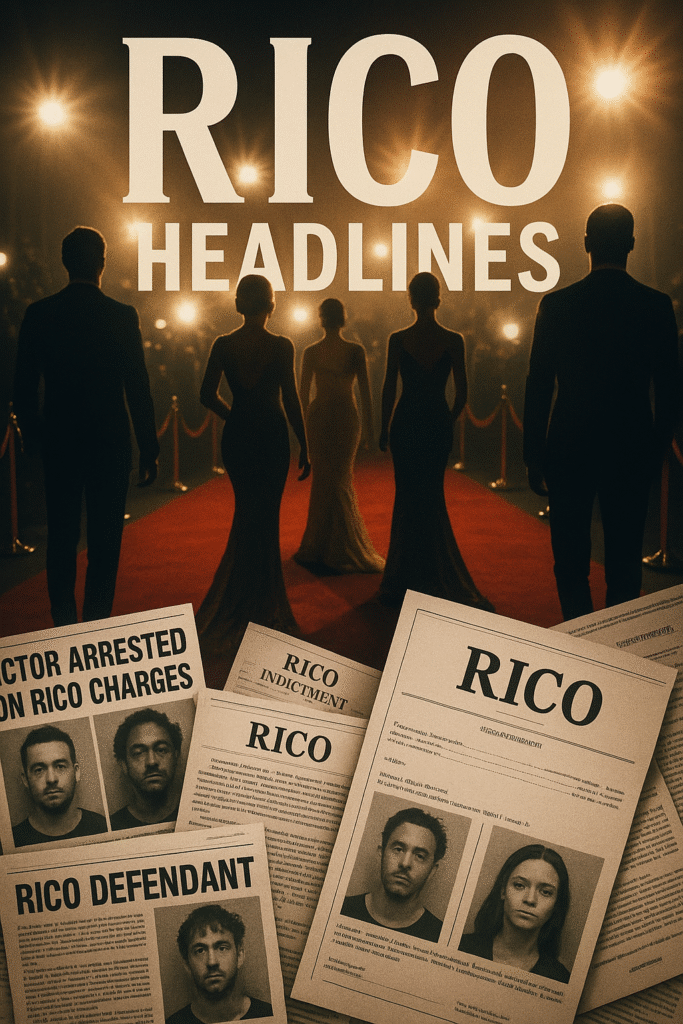
- Public‑facing circles (labels, crews, managers, shell companies) can look like an “enterprise” if communications, money flow, and repeat conduct align; that’s why names surface even if the star didn’t “do the act” themselves.
- RICO is a narrative law: prosecutors map a web and say “this group did X repeatedly in an organized way”—suddenly everyone on the web is plot‑relevant.
Enterprise vs “random friends doing dumb stuff”
- Enterprise vibes: roles, hierarchy, shared resources, repeated methods, planned comms, continuity. That smells like enterprise.
- Not enough: one‑night chaos, clout stunts, or disconnected incidents without relatedness + continuity.
Predicate acts (the bingo card)
-
Common predicates: wire/mail fraud, money laundering, drug distribution, extortion, bribery, obstruction, trafficking, interstate stolen goods. Two+ acts that are related and continuous = pattern fuel.
Penalties and why it’s scary
- Criminal RICO: long sentences, fines, and forfeiture of enterprise‑linked assets.
- Civil RICO: victims can sue for triple damages plus attorneys’ fees—brutal leverage in lawsuits.
- Strategic kicker: it reaches bosses and facilitators who “operated” the scheme, not only the on‑scene actors.
Federal vs state RICO
-
Federal RICO is the template; many states cloned it with their own twists—some broader, some narrower, some used more aggressively against gangs and fraud schemes. Translation: even if feds chill, a state can still swing.
RICO vs conspiracy
-
Conspiracy = agreement to commit a crime. RICO = participating in an enterprise via a pattern of crimes; bigger scope, heavier consequences, built for durable organized behavior.
Snapshot table
| Piece | Plain-English read |
|---|---|
| Target | Ongoing criminal enterprise (a functioning group) |
| Proof | Enterprise + pattern (2+ predicate acts, related and continuous) |
| Punch | Prison, fines, asset forfeiture; civil suits with treble damages |
| Scope | Leaders, lieutenants, facilitators—not just the bag‑holder |
What doesn’t count (common myths)
- Myth: “Two petty crimes = RICO.” Reality: prosecutors need relatedness + continuity + enterprise—not random misdemeanors.
- Myth: “Fame triggers RICO.” Reality: structure + pattern do. Headlines don’t meet elements—evidence does.
- Myth: “One viral incident = RICO.” Reality: it’s about ongoing conduct across time.
How prosecutors build a RICO story
-
Evidence map: chats, ledgers, bank trails, repeated MO, logistics chains, shell entities, and role charts. They draw the web (who/what/when) and argue the enterprise acted through those predicate episodes.
Defense playbook (plain English)
- No enterprise: “There wasn’t a functioning group—just chaos.”
- No pattern: “Incidents weren’t related or continuous.”
- No nexus: “My conduct wasn’t how the enterprise did crimes.”
- Knock out predicates: “That act isn’t proven or doesn’t qualify.”
FAQs
1. Is RICO only for mafias?
No. It covers gangs, fraud rings, public corruption, and corporate schemes when enterprise + pattern fit.
2. Do you need a formal gang?
Nope. A loose group can be an enterprise if it functions together.
3. Can one person be hit?
RICO targets enterprise participation; solo actors typically face non‑RICO charges unless they operated via an enterprise.
4. Why is RICO in celebrity news?
Because when entourages and money flows look structured and repeated, the law fits the narrative.
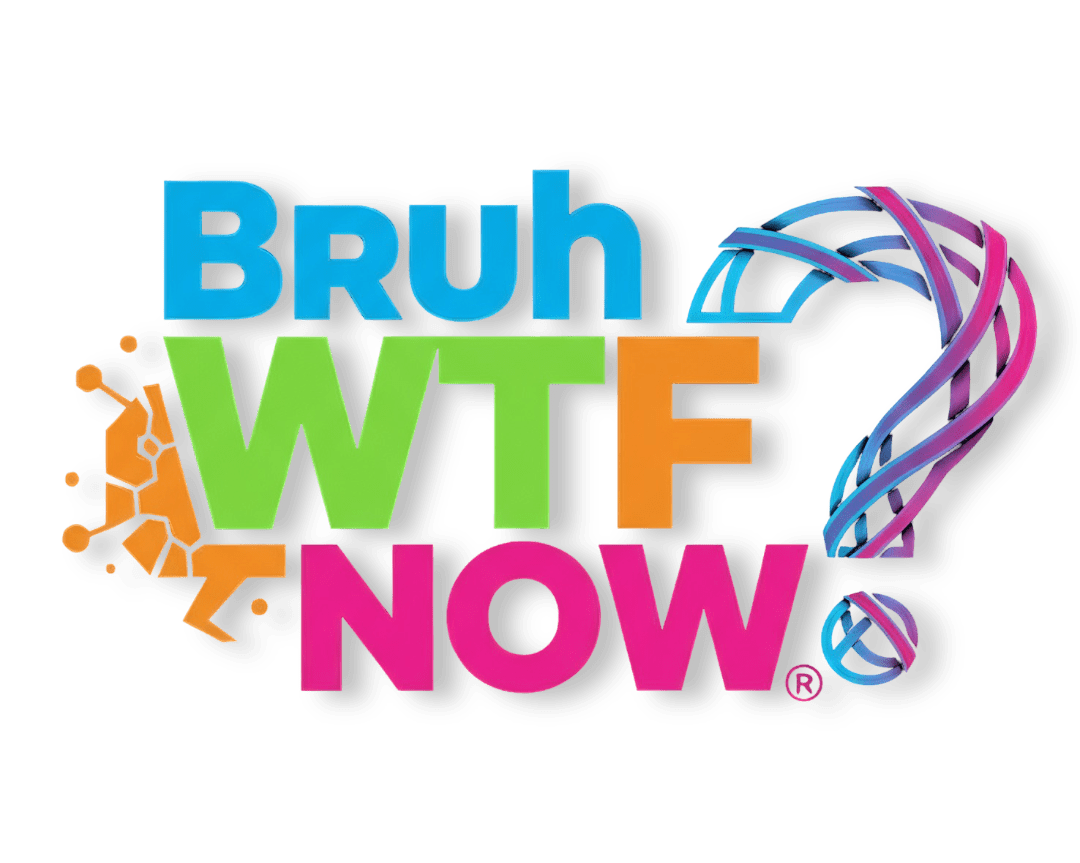


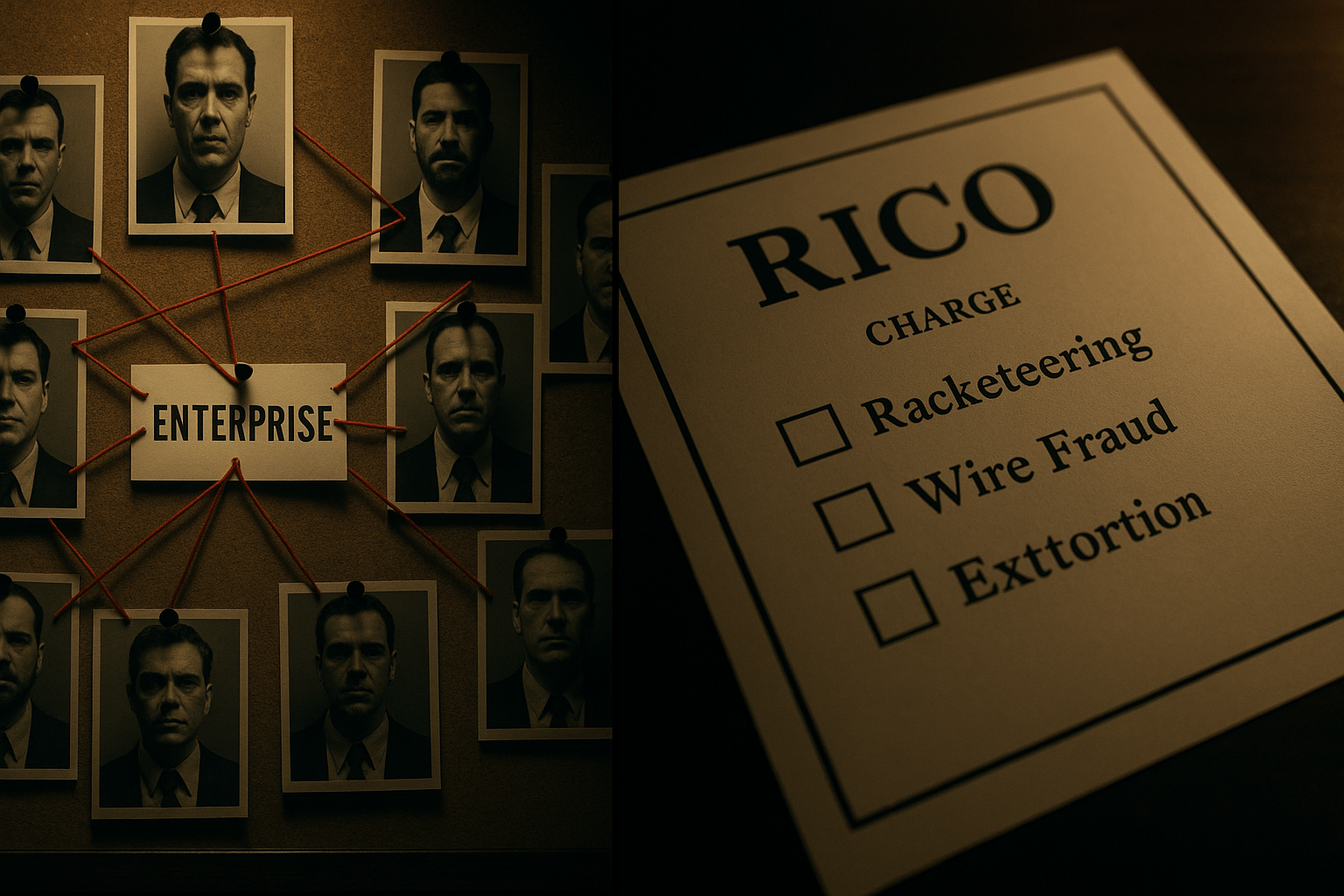
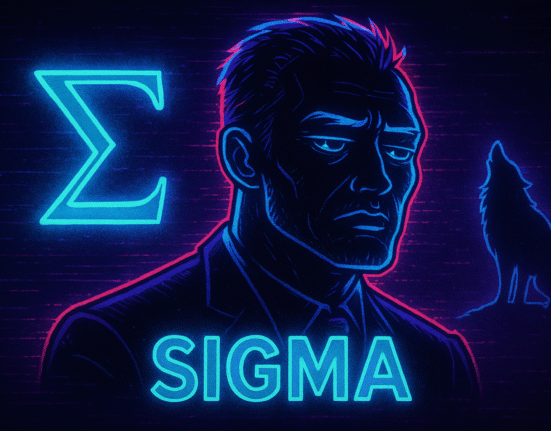
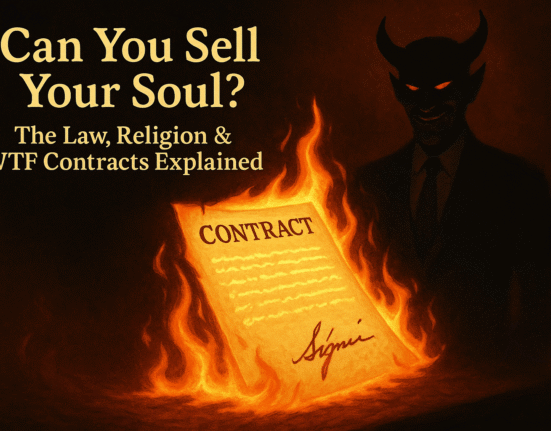
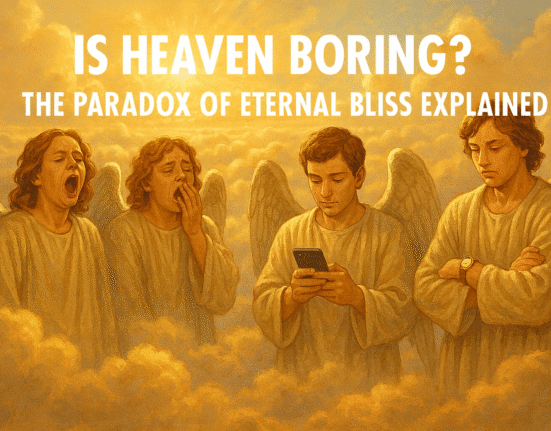
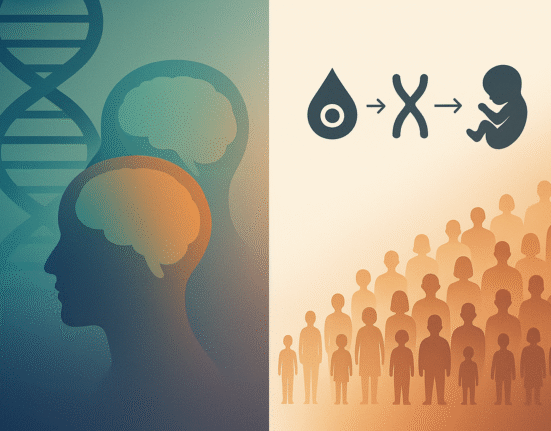
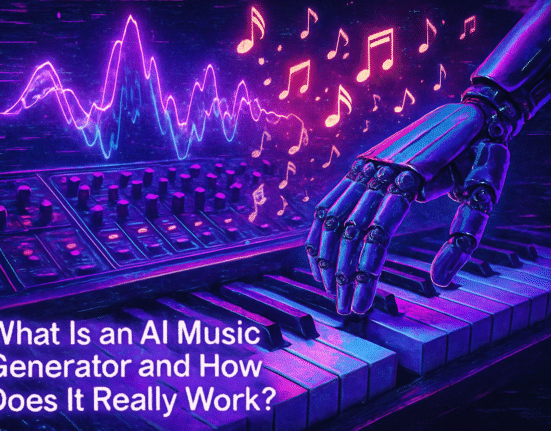
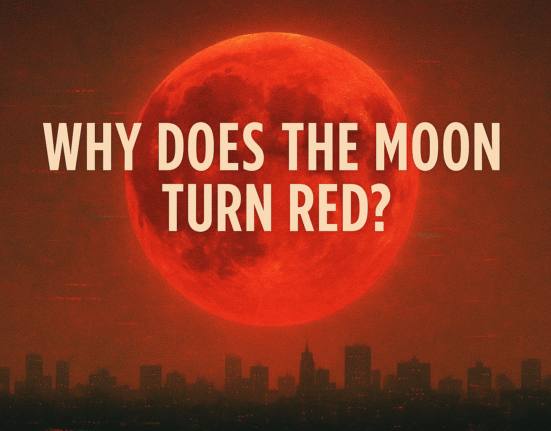
Leave feedback about this